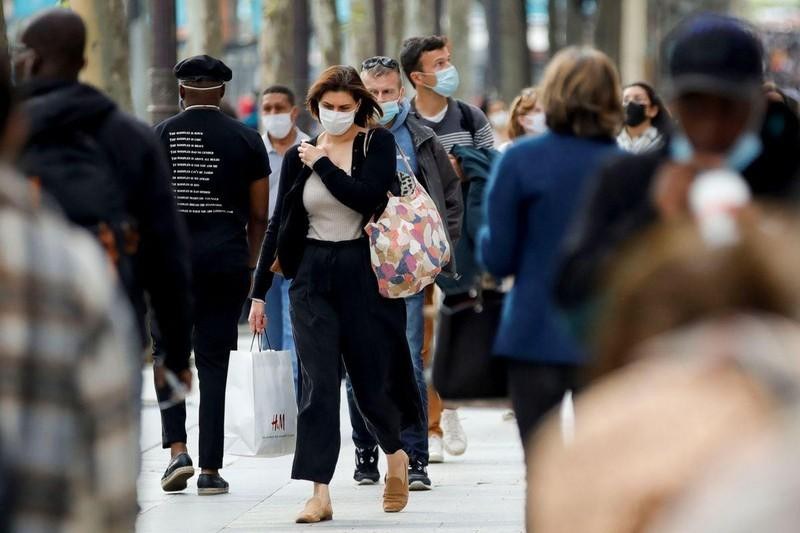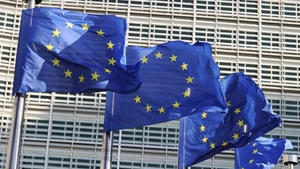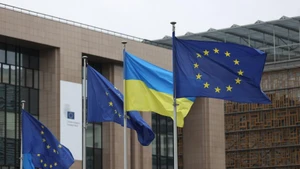Rising food and fuel prices are hitting the budgets of families across Europe. According to the results of a survey conducted by IRI, a data analytics and market research company, nearly 75% of consumers in Europe are cutting back spending on essential living items, including food. About 71% of consumers in six major European markets have significantly changed their shopping habits in response to inflation, which has risen to a 40-year high.
The IRI’s survey also found that 58% of European consumers said they had cut back on essential needs, of which 35% turned to personal savings and borrowing to pay their bills, more than 50% ordered less food and 47% said they would limit eating and drinking at restaurants and cafes. Many people have begun shopping at discount grocery chains, as well as buying popular brand items, discounted products and even goods that are about to expire. Consumers’ confidence across the continent has fallen to near-record lows and there are growing fears that the Eurozone is at risk of falling into recession.
According to a report by the European Statistical Office (Eurostat), the consumer price growth of 19 eurozone member countries in October reached 10.7%, up from 9.9% in September and exceeding the forecast of 10.2%. In particular, Germany, France and Italy recorded the highest inflation.
Besides the high price of energy as the main factor causing inflation to escalate, the prices of food and imported industrial products have also affected the costs of living. In the past three months, the European Central Bank (ECB) adjusted interest rates to increase by a total of 200 basis points and this financial institution will likely continue to increase interest rates similar to the actions of the FED and central banks of many countries.
The Governor of the Dutch National Bank, Klaas Knot said there is still a need to tighten the currency and it is likely that in December, the ECB will consider raising interest rates by about 50-70 basis points, even though it raised its key interest rate by 0.75% to 2% at the end of October, the third increase in a row and the second largest hike in the history of this bank.
According to the Federal Statistical Office of Germany (Destatis), rising energy and food prices were the main reasons for the high record inflation of 10.4%. According to analysts, high inflation is reducing the purchasing power of consumers, which is seen as an important pillar of the economy.
Although the government of the leading country in the EU has just approved a package to support consumption and energy worth 200 billion euros, so far, the details of the "energy price brake" plan are still in the works.
Head of the business cycle from Leibniz Institute for Economic Research (IFO) Timo Wollmershäuser, expressed concern that food retailers are expected to raise the prices of most items, which will continue to drive inflation growth at double-digit rates. Most experts predict a winter recession, as continued high prices reduce the purchasing power of German consumers.
Driven by rising energy, food and commodity prices, France's inflation had the strongest increase since 1985. Food was one of the commodity groups with the strongest price increase of nearly 12%, causing many families in the country to spend most of their budget on meals.
Meanwhile, inflation in France's neighbour of Italy increased by 11.9%, the highest rate in nearly 40 years. This is the first time that the inflation rate in Italy has risen to double digits, since the country adopted the euro in 1999.
The International Monetary Fund (IMF) warned that slowing growth in many European countries now could lead to a "deep recession" across the continent, while energy supply disruptions threaten the economy and the crisis of living cost has the potential to cause social stress. Along with the energy crisis, high inflation has added a dark colour to the gloomy picture of the old continent.
















